Kart Chassis Setup Technology
Steve Smith
Steve Smith
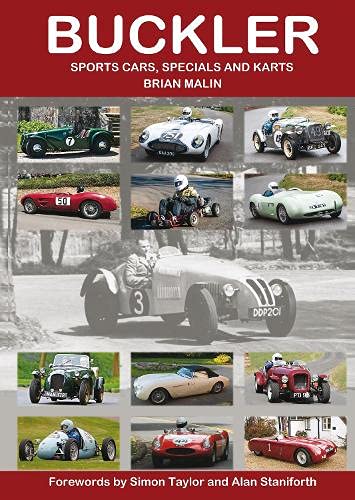
Although they were born 18 years apart, Derek Buckler and Colin Chapman were contemporaries when it came to designing and building ground-breaking sports cars in the late 1940s and early ’50s. They had much in common. Both were innovators, especially in areas of chassis design and improving the handling characteristics of their cars. Both founded successful companies and both died relatively young, Chapman in December, 1982, at the age of 54, and Buckler in 1964 at just 53 years of age. Yet, while Chapman’s Lotus went on to achieve worldwide fame, the name Buckler remains comparatively little known.
Special building was popular in the 1950s, mostly using ‘donor’ chassis from Austin 7 or Ford or simple ‘ladder’ frames but Buckler offered a multi-tubular space frame which was both stronger and lighter and, moreover, available in different models to suit different applications. He was also always ready to adapt his products to his customers’ requirements. In all of this, Buckler’s aim was to provide the impecunious enthusiast with a versatile sporting vehicle which could be used as daily transport during the week and, at weekends, in a wide range of motor sporting events from trials and driving tests to out and out racing. Often, however, the resulting Special would carry a name that concealed the Buckler contribution and a major part of the significance of Malin’s book and the vast amount of painstaking research put into it by its author is that much of that contribution is now revealed.
Buckler also, of course, made a range of complete cars starting with the versatile Mk5 and 6 and going on to encompass DD1 and DD2 with De Dion rear ends and the BB100 with backbone chassis introduced considerably before Lotus’s Elan and their other similarly based models. When karting became popular in the early 1960s, Buckler’s space frame technology found another application for which it was ideal and it became a major player in this burgeoning branch of motor sport. Buckler was also successful with its range of accessories including engine and transmission components and most notably its much admired close-ratio gears.
Brian Malin, the author, first owned a Buckler car in the 1970s and today competes in his Mk 5 in hill climbs and other events. He is an active member of the Buckler Register as well as the British Historic Kart Club and is often to be seen racing or demonstrating his Buckler kart so he is well placed to compile this comprehensive history of all things Buckler. It was first made available in loose-leaf form as long ago as 1990 but this is its first publication as a fully-fledged book, revised, updated and with additional material. Chassis design guru – and Buckler owner – the late Alan Staniforth provided the original foreword and this has been updated and included along with a new foreword by commentator and doyen of motor sport journalists, Simon Taylor.
The fourteen chapters begin with ‘Buckler and the Company’, cover the production and racing cars with some individual histories, the Buckler accessories including one chapter on the badges alone, overseas distribution – New Zealand was a particularly strong market for Buckler – and a fascinating section on the car advertisements before going on to cover the kart story in similar detail. The same number of appendices include reproductions of road tests, articles written by Derek Buckler, specifications of close-ratio gears and Buckler-tuned Ford engines, kart track tests and even one on Buckler letterheads. Malin’s work is truly encyclopaedic and therefore remarkable value for money not just as a reference on the Buckler marque but for its entertaining insight into the world of amateur motor sport of its time. The hundreds of illustrations range from reproductions of high quality contemporary and recent photographs to some admittedly lower quality originals, some of them obviously retouched to improve clarity, whose inclusion is well justified for their essential contribution to the Buckler story.
Brian Malin is to be congratulated for his perseverance in finally bringing to publication a book which is, to all intents and purposes, the full Buckler story.
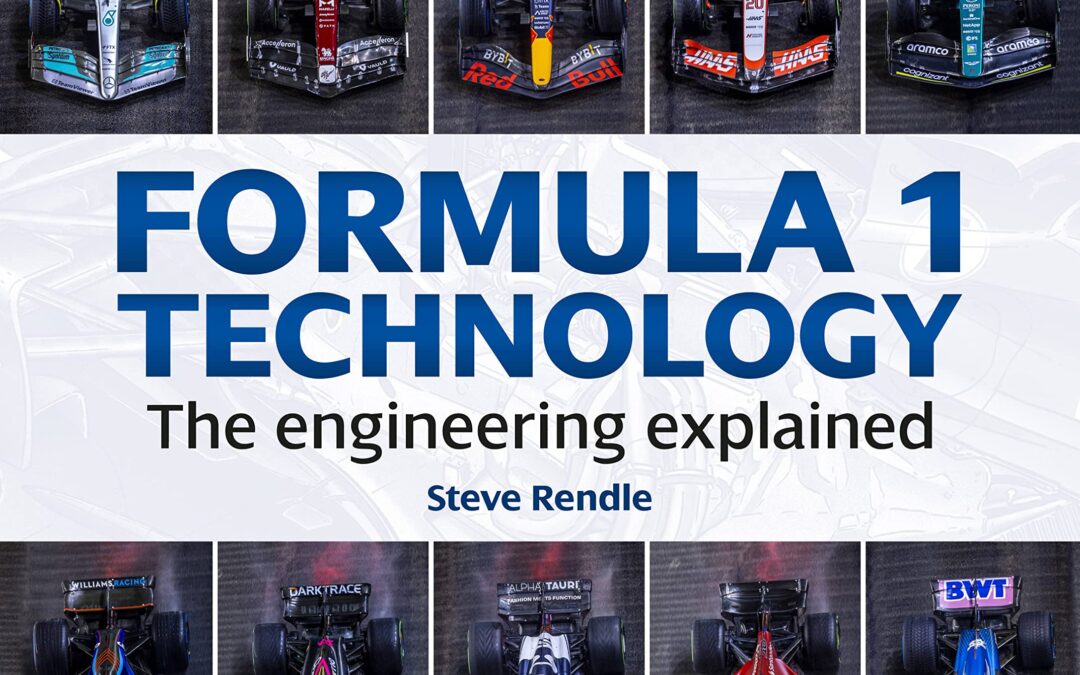
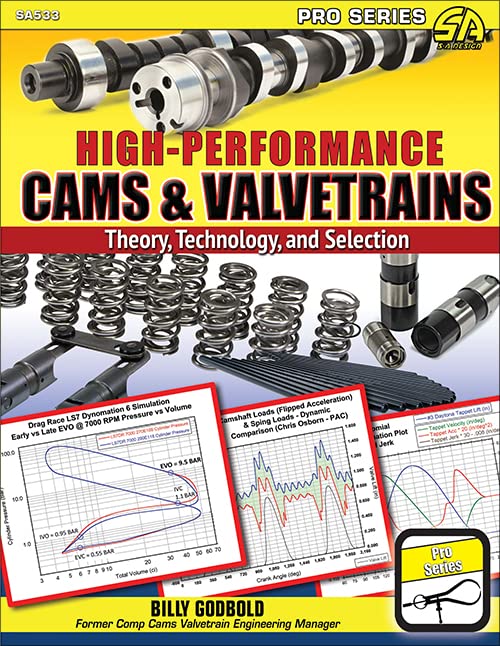
Understand the “magic” of how optimized camshafts extract the most performance from every engine component, eliminating valvetrain guesswork.
Camshafts are the coach and conductor of any four-stroke engine from early flatheads to modern Formula 1. Performance engines are amazingly sensitive to how and when the valves to the combustion chamber open and close. The valvetrain configuration and flow characteristics may change significantly between applications, but the fundamental principles are universal. This allows the language, setup, dynamics, energy, and pressure aspects of a valvetrain to be covered in a way that is just as useful for optimizing a sub-15-hp go-kart engine as it is on a 500-plus-hp street engine or modern 1,500-plus-hp NHRA Pro Stock engine.
In High-Performance Cams and Valvetrains: Theory, Technology, and Selection, farm-kid-turned-physicist Billy Godbold combines his quarter-century of experience with valvetrains at Comp Cams, Lunati, Crane Cams, and Edelbrock with the techniques he uses with professional teams in NASCAR, the NHRA, road racing, dirt-track racing, offshore racing, and land speed racing. He guides you to think about any valvetrain system with his perspective. Often lighthearted and filled with analogies, this book endeavors to make complex concepts easy to understand without watering down important details.
Specific configurations and applications are covered, providing techniques and examples for optimizing camshafts and the valvetrain around intakes, headers, superchargers, turbochargers, fuels, carburetors, and modern EFI applications. If you are planning or building a performance engine, or if you just want to know the science behind how cams and valvetrains work, this book is an indispensable resource.
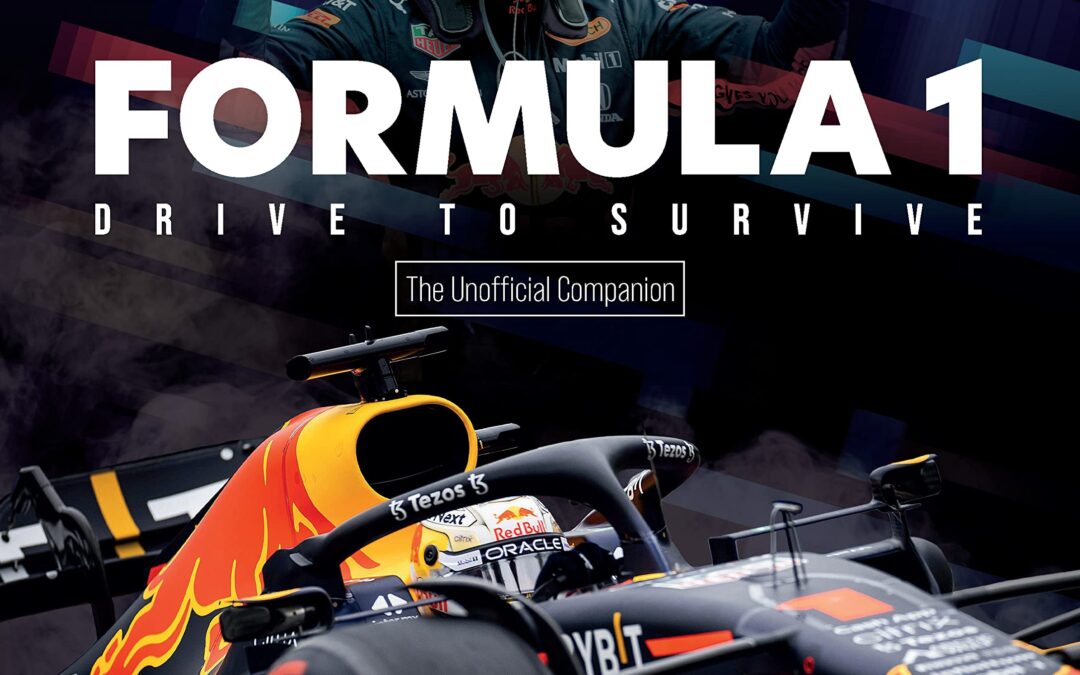
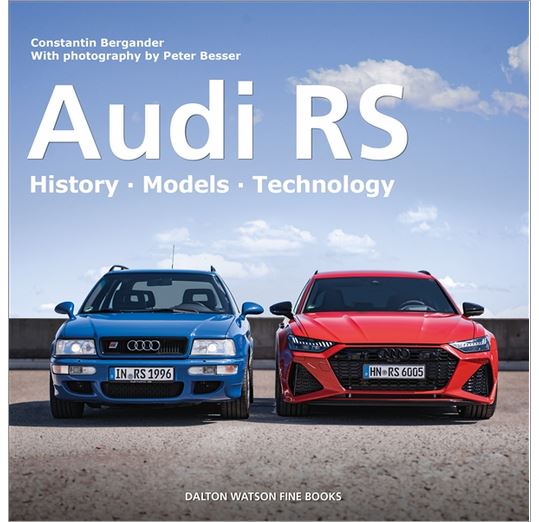
RS as in Rennsport: Audi’s most evocative abbreviation represents special cars, fantastic drivetrain solutions and abundant traction. Born of a partnership with Porsche, these two letters evolved into a constant in most Audi model lines. Motoring journalist Constantin Bergander and photographer Peter Besser provide an in-depth look into a fascinating series of automobiles, full of power and elegance. This meticulously researched book tells the captivating story of all RS models, introduced first in 1994, from the disruptive Audi Avant RS2, all the way to the fully electric Audi RS e-tron GT. It explains the powerplants, the various all-wheel drivetrains, and the strategies behind the cars.
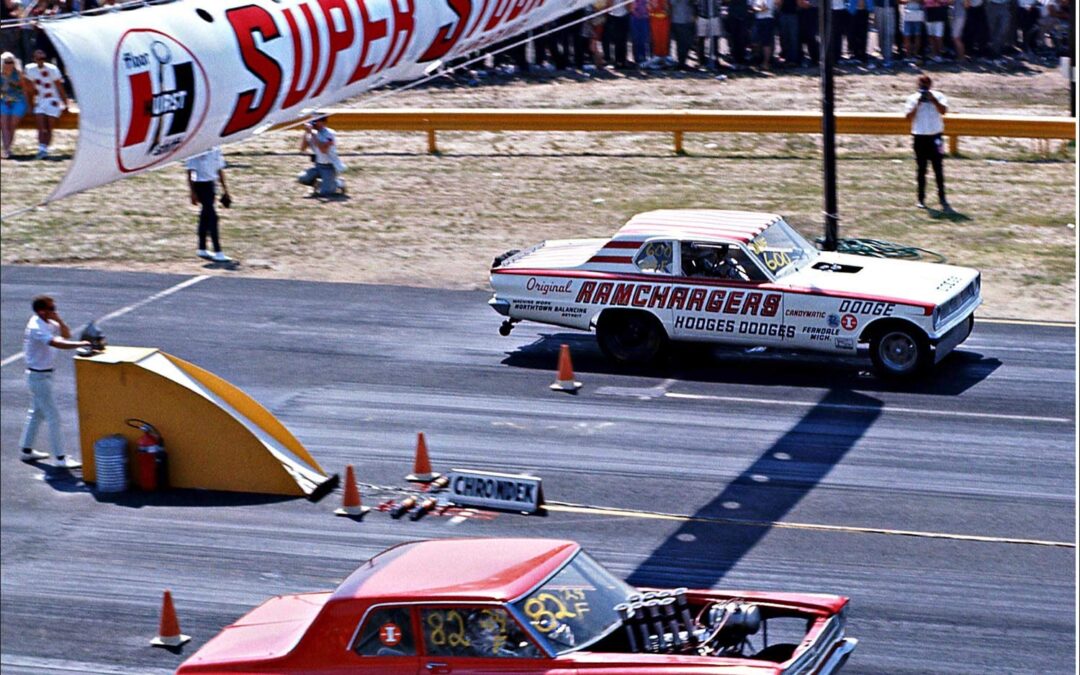
he 1960s were a fascinating decade on the race scene. Relive the memories today through this wonderful new book.
Drag racing has a long and storied history. Many have said that the first drag race happened shortly after the second car was made. While that may or may not be true, racing prior to World War II was mostly centered around dry-lake activities and top-speed runs. After the war, drag racing became organized with the formation of the NHRA, and during the 1950s, many tracks were built across America to accommodate the racers. Technology in the 1950s centered on the manufacturers updating old flathead designs into newer overhead-valve designs, and the horsepower race really started to heat up.
In many forms of racing, the 1960s brought technological evolution. The decade began with big engines in even bigger stock chassis and ended with purpose-built race-only chassis, fiberglass bodies, fuel injection, nitro methane, and blowers. Quarter-mile times that were in the 13-second range in the beginning of the decade were in the 7-second range by the end. New classes were formed, dedicated cars were built for them, and many racers themselves became recognized names in the sports landscape.
In Drag Racing in the 60s: The Evolution in Race Car Technology, veteran author Doug Boyce takes you on a ride through the entire decade from a technological point of view rather than a results-based one. Covered are all the classes, including Super Stocks, Altered Wheelbase cars (which led to Funny Cars), Top Fuelers, Gassers, and more.
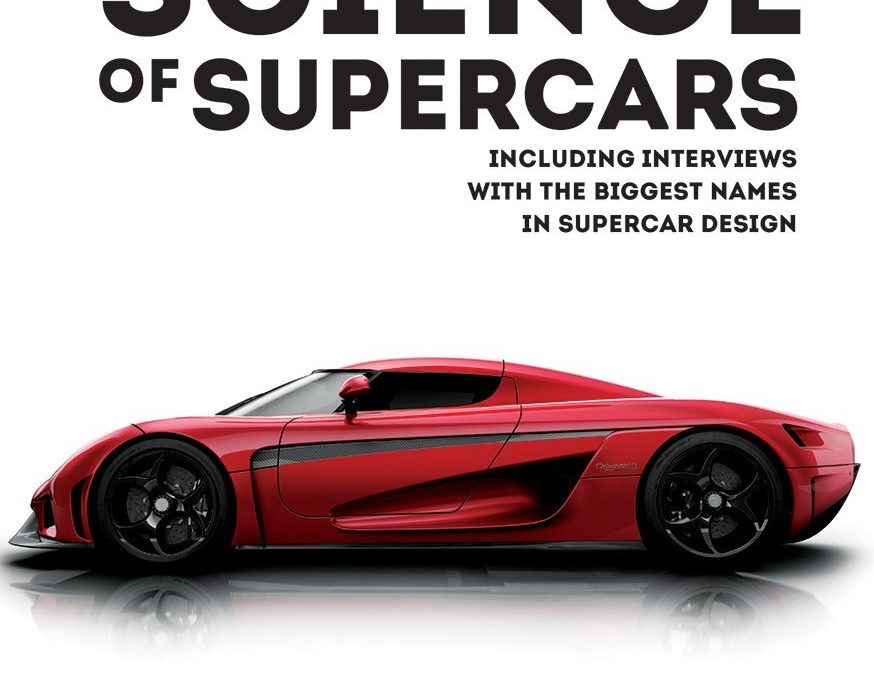
Trace the evolution of the supercar through the technology that drives it.
In The Science of Supercars, the authors describe the history of supercars, unraveling the mysteries and mechanics of the cars that changed the automotive world forever. In-depth interviews with the top names in the supercar and racing industries reveal their opinions on today’s supercars and their visions for the future.
David Coulthard, runner-up in the 2001 Formula One World Drivers’ Championship, provides the introduction. The authors follow with comprehensive chapters of inside information and exciting photographs that will be a catalog for supercar shoppers and a dream diary for others. The images show the interiors and exteriors of supercars and illustrated insets explain the technology.
12. The Future – The technology on the verge of reshaping the landscape.The Science of Supercars includes interviews with three of the top figures in the supercar world: Adrian Newey, legendary British Formula One engineer; Dr. Wolfgang Schrieber, Chief Engineer of the Bugatti Veyron; and Gordon Murray, designer of the McLaren F1 supercar, as well as contributions from iconic supercar manufacturers that include Lamborghini, Porsche, Bugatti, Pagani and McLaren.
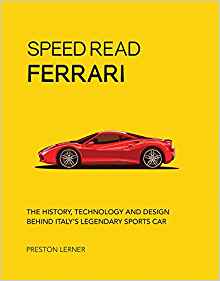
From the first complete car Enzo Ferrari constructed in 1940–the Auto Avio Costruzioni 815–to the masterpieces produced by Ferrari S.p.A. from 1947 to today, they’re all here.
The Speed Read series breaks subjects into easily understood sections, Ferrari: The History, Technology and Design Behind Italy’s Legendary Sports Cars covers 50 aspects key to understanding Ferrari’s amazing history, from racing to production cars to design and technology to the personal histories of key figures. This book will make anyone an instant Ferrari expert!
Accessible and compartmentalized sections illustrated with commissioned artwork come together to create a package attractive to neophytes, established enthusiasts, and those simply curious.
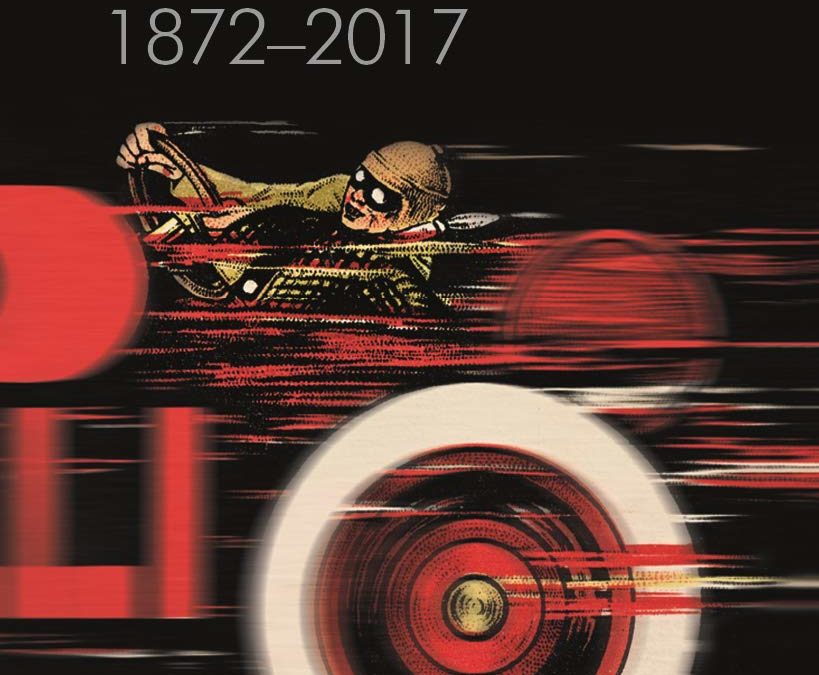
With exclusive access to the Pirelli Foundation archives and previously unseen correspondence and interviews, Pirelli: Innovation and Passion is the authoritative account of one of the world’s major industrial companies. The history traces Pirelli from its first factory in Milan in 1872 to its current status as a global player with production in 13 countries.
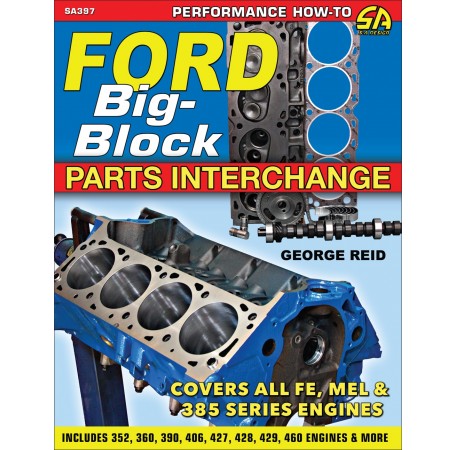
Over the course of performance car history, and specifically muscle car history, big-block engines are particularly beloved, and for good reason. Not only are they the essence of what a muscle car is, but before modern technology and stroker engines, they were also the best way to make a lot of horsepower. All of the Detroit manufacturers had their versions of big-block engines, and Ford was no exception. Actually, Ford was somewhat unique in that it had two very different big-block engine designs during the muscle car era.
The FE engine was a design pioneered in the late 1950s, primarily as a more powerful replacement for the dated Y-block design because cars were becoming bigger and heavier, and therefore, necessitated more power to move. What started as torquey engines meant to move heavyweight sedans morphed into screaming high-performance mills that won Le Mans and drag racing championships through the 1960s. By the late 1960s, the design was dated, so Ford replaced the FE design with the “385” series, also known as the “Lima” design, which was more similar to the canted-valve Cleveland design being pioneered at the same time. It didn’t share the 1960s pedigree of racing success, but the new design was better in almost every way; it exists via Ford motorsports offerings to this day.
In Ford Big-Block Parts Interchange, Ford expert and historian George Reid covers these engines completely. Interchange and availability for all engine components are covered including cranks, rods, pistons, camshafts, engine blocks, intake and exhaust manifolds, carburetors, distributors, and more. Expanding from the previous edition of High-Performance Ford Parts Interchange that covered both small- and big-block engines in one volume, this book cuts out the small-block information and devotes every page to the MEL, FE and 385 series big-blocks from Ford, which allows for more complete and extensive coverage.

Strap yourself in and fill the tank with high octane! Speed Read: F1 is loaded with all the information you’ll need to get into the world of blinding speed called Formula 1. You’ll get the history of the sport, biographies of major drivers and figures who have dominated the sport in its long and storied history, and a rundown of the incredible technology that makes these cars so fast that they stay glued to the road.
You may not guess it, but the world’s premiere automobile racing series takes the Formula One name from the set of rules governing the class. Plans for a Formula One drivers’ championship were floated in the late 1930s, but shelved until after World War Two. In 1946 the first F1 races were held, but it wasn’t until 1950 that the details for a true world-championship series were hammered out.
It was a long road from the 1930s to now for this great sport; one marked by glory, championships, iteration, technology, and speed. Don’t be intimidated by this incredible culture, dive into F1 Racing today!
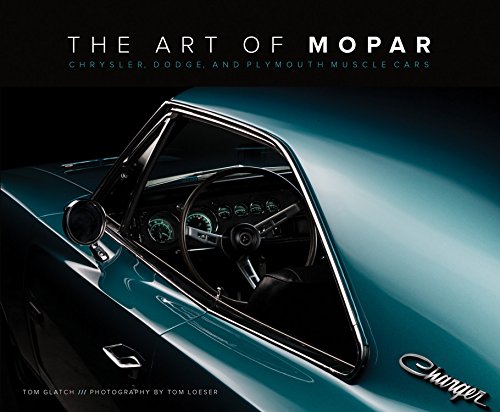
The history of Chrysler Corporation is, in many ways, a history of a company floundering from one financial crisis to the next. While that has given shareholders fits for nearly a century, it has also motivated the Pentastar company to create some of the most outrageous, and collectible, cars ever built in the United States.
From the moment Chrysler unleashed the Firepower hemi V-8 engine on the world for the 1951 model year, they had been cranking out the most powerful engines on the market. Because the company pioneered the use of lightweight unibody technology, it had the stiffest, lightest bodies in which to put those most powerful engines, and that is the basic muscle-car formula: add one powerful engine to one light car.
When the muscle car era exploded onto the scene, Chrysler unleashed the mighty Mopar muscle cars, the Dodges and Plymouths that defined the era. Fabled nameplates like Charger, Road Runner, Super Bee, ‘Cuda, and Challenger defined the era and rank among the most valuable collector cars ever produced by an American automaker.
Featuring cars from the incomparable Brothers’ Collection, The Art of Mopar: Chrysler, Dodge, and Plymouth Muscle Cars celebrates these cars in studio portraits using the light-painting process perfected by Tom Loeser. It is the ultimate portrayal of the ultimate muscle cars.
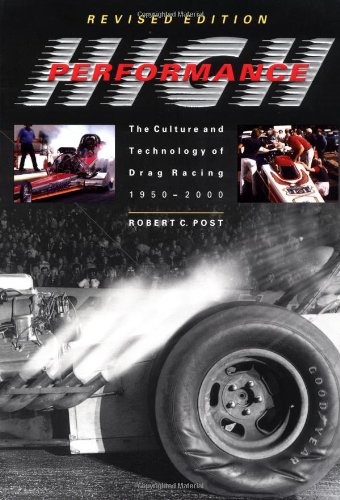
SOLD OUT
High Performance is a dramatic, firsthand history of this daring sport, from the earliest “legal” drags run on rural airfields to the spectacular — and sometimes tragic — careers of drag racing’s most daring innovators. Post, a former racer himself, was an eyewitness to many of the episodes he describes. He has interviewed many of drag racing’s legends and superstars, such as “Pappy” Hart, who opened the first commercial strip in Santa Ana, California, in 1950, and Florida’s “Big Daddy” Don Garlits, the first person to define himself as a professional drag racer.
Post looks at all aspects of drag racing: the sport, the business, the means of personal affirmation. But most of all he explores it as a case study of technological enthusiasm, tracking the innovations that permitted racers to disprove on pavement the “laws of physics” authorities had laid out on paper. What emerges is a compelling look at the men and women who have devoted their lives to this extraordinary pursuit. In this revised edition, Post continues the story into the present, surveying the dynamics of the sport during the past decade.
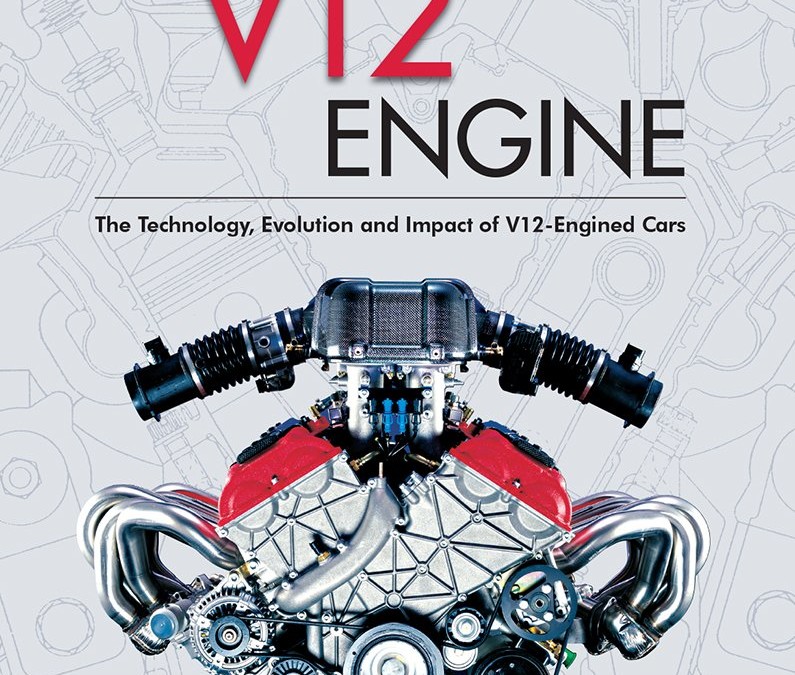
The V12 Engine gives an unprecedented and in-depth overview of the significant and important V12-powered cars and the magnificent engines that powered them, from the smallest, the 1.1-litre Itala of 1926, to the largest, the 112-litre “Quad Al” of 1965 powered by four Allison twelves.
Karl Ludvigsen, award-winnng automotive historian and author of the acclaimed Porsche: Origin of the Species takes the reader behind the scenes of the creation of the greatest twelves of all time, from the effortless urge of the luxurious Hispano-Suiza of the 1930s to the scintillating surge of the Lamborghini supercars of the 1960s. You’re trackside at the epic battles of Grand Prix twelves in the 1930s and 1990s and you’re in the boardrooms of BMW, Audi and Mercedes-Benz as they battle for V12 supremacy into the 21st Century.
From the first-ever V12 engine of 1904, Ludvigsen traces the type’s evolution through the first European twelve, a 1913 Sunbeam, to the 1915 Packard in America, inspired by a 1908 Schebler. In 1917 Americas mania for multicylinders saw 16 marques offering V12 cars at New York’s show. Britain’s Daimler pioneered them in Europe, where Horch, Tatra, Voisin, Maybach and Hispano-Suiza built twelves.
Not all were successful. Lagonda had mixed fortunes with its twelves and Rolls-Royces Phantom III was an epic loss-maker. Cadillac left its “V-Future” V12 in the garage while Mercedes-Benz made only a handful of its twelves before World War II stopped play. Among Formula 1 entries the efforts of Porsche, MGN and Life were pitiful flops while Honda, Ferrari, BRM and Matra enjoyed success.
Lavishly illustrating The V12 Engine with rare photos and drawings from his Ludvigsen Library, the author explains how and why twelves evolved as they did and introduces such major movers as Jesse Vincent of Packard, Sunbeam’s Louis Coatalen, Louis Delage, W.O. Bentley, Sir Henry Royce, Hispano’s Marc Birkigt, Ferruccio Lamhorghini, Sir William Lyons of Jaguar, Bugatti’s Paolo Stanzani and, of course, Enzo Ferrari. He brings to life their struggles to achieve their aims and quotes contemporary verdicts on their cars.
Ferrari’s fabulous Enzo V12 brings the story up to date, along with contemporary twelve-cylinder engines from Mercedes-Benz, Lamborghini, BMW, Maybach, Aston Martin, Maserati and Rolls-Royce, and such newcomers to the V12 ranks as Toyota, Bentley, Volkswagen, Cadillac, Peugeot and Audi.
Blending business with technology, racing with record-breaking and luxury carriages with supercars, The V12 Engine takes the reader on a high-speed journey through some of the most exciting and exotic cars ever made.
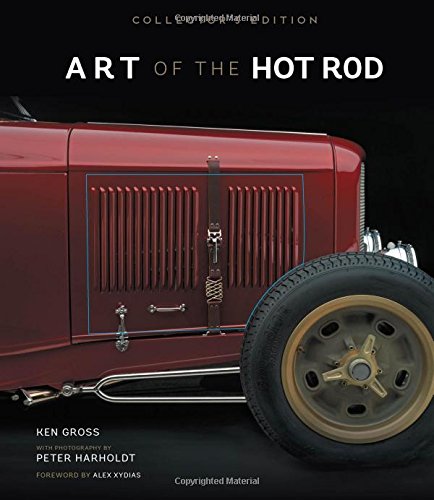
Art of the Hot Rod is a feast for the eyes–a gallery of gorgeous hot rods, the best you’ll see from the world’s top hot rod builders!
A hot rod is art on wheels, and this book contains a whole gallery of the best you’ll ever see. In this exclusive collector’s edition of Art of the Hot Rod you’ll find a jaw-dropping array of beautiful hot rod photos, plus special gatefolds, updated text, and exclusive frameable photographic prints.
Art of the Hot Rod: Collector’s Edition celebrates the uniquely American marriage of mechanical know-how and an inspired sense of style and design. Built from the ground up, pieced together from salvaged or hand-built parts, rebuilt with classic looks and modern technology–these automotive works of art are as powerful on the page as they are on the street. The book profiles top builders such as Pete Chapouris, Roy Brizio, Vern Tardel, Troy Trepanier, and fifteen others and features studio portraits of their most outstanding custom creations. Through the stunning portraiture of master photographer Peter Harholdt, Art of the Hot Rod captures these magnificent vehicles as they’ve never been seen before. In addition to full-color photography and updated text, this special collector’s edition features two gatefolds with new photography and four garage art photo prints.

The Rocket Manual tells the story of rocket motors, how they were first developed, how they work, what they are used for and how they are operated. It also explains the origin and operating record of satellite launchers around the world. Rocket motors large and small are listed and explained, including small motors used to push satellites and spacecraft into different orbits, throttleable rockets for controlling spacecraft descending to the Moon and the surfaces of other planets, restartable motors for adjusting orbits and reusable motors such as those developed for the Shuttle.
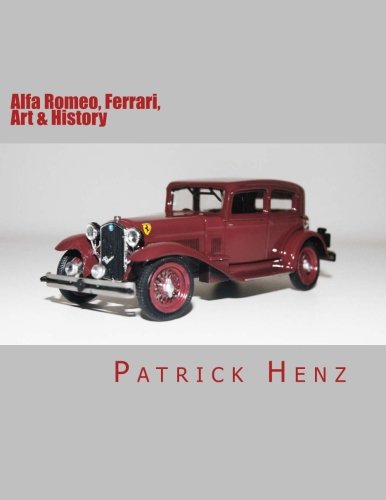
There is one direct link between Alfa Romeo and Ferrari and its name is Enzo Anselmo Ferrari. Born on the 18th of February 1898, he joined Alfa Romeo in the early 1920s to become one of their many race drivers. In the beginning he participated in local events, but thanks to his positive results; later also competed in more prestigious races.
Nevertheless his real talent was the management. Thanks to this, he founded in ’29 the Scuderia Ferrari, which became the official Alfa Romeo racing team. Until 1932 Enzo continued as racing driver and after this he concentrated on being the team manager. In ’37 Alfa Romeo reduced his position to sports director, what means practically that his possibility to take decisions had been drastically limited. For Enzo this was not tolerable and as consequence he left the company in ’39.
Apart from this, the ways of both manufactures still crossed many times, as key employees changed from one company to the other or as both used the same coachbuilders to design their fast and elegant creations. Even technology transfer happened up to today, as the new top version of the 2016 Alfa Romeo Giulia will include a Ferrari-based engine.
“Alfa Romeo, Ferrari, Art & History” is not just another publication, but tells the history of these two iconic Italian car manufactures, from one of their first creations in 1911 until today. Therefor the author uses official die-cast model cars and regarding art prints. For this you will not only find texts and boxes of technical specifications, but images celebrating the unique design of the vehicles, which are a reflection of their engineers’ visions and eras.
More than ordinary automobiles, even more than sports cars; both, Alfa Romeo and Ferrari produced design objects for the global pop culture, sometimes reflecting the actual zeitgeist, other times being ahead of it and sometimes even creating the fashion. As fascinating as the cars their-selves are, the many stories are behind and around them.
As each of the more than 300 presented cars is unique, they all have their own particular story. This is not limited to Alfa Romeo and Ferrari, but also relates to others companies as Fiat, Lancia, Lamborghini, General Motors and Ford. Famous design studios are included, like Pininfarina, Zagato and Bertone.
To have a complete picture, besides presenting production cars, the book is also including the racing machines and rare show cars.
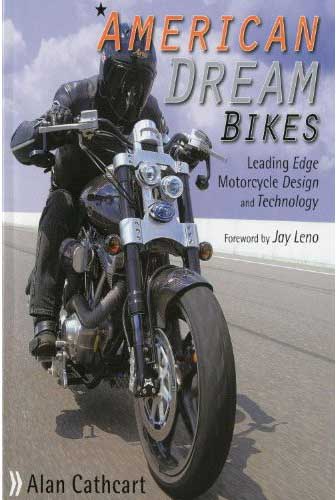
A deep analysis of America’s boutique design and engineering shops where dream motorcycles – road racers to touring – are conceived and created proving that arguably America now leads the world.
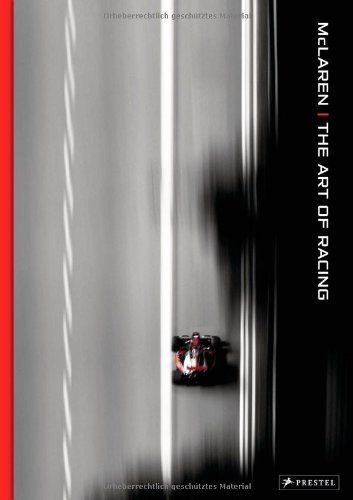
“The McLaren racing team takes readers inside the organization that makes and drives the fastest cars on the planet. With a brand new $300 million track opening in the 2012 season in Austin, Texas, the time has never been riber to learn the Art of Racing with McLaren. In the world of Formula One, the name McLaren is synonymous with precision, professionalism, and speed, but most of what the public knows about McLaren takes place on the raceway and in the pit stops. Focusing not just on champion drivers Lewis Hamilton and Jenson Button, Grand Prix action and the race-day engineers, but the vast team of experts it takes to bring this global brand to the races, this lavishly illustrated book takes readers behind the scenes at the £40M Norman Foster-designed McLaren Technology Centre to capture not just the people and the cars, but the testing and technology behind the world’s most successful F1 team. Granted unprecedented access to the inner workings of McLaren on and off the race-track, photographer Darren Heath and F1 rxpert Maurice Hamilton trace the evolution of a racing car from the moment of conception on the computer screen to the final race at the end of the season. The story they tell is as colorful and exciting as a Grand Prix itself.
“